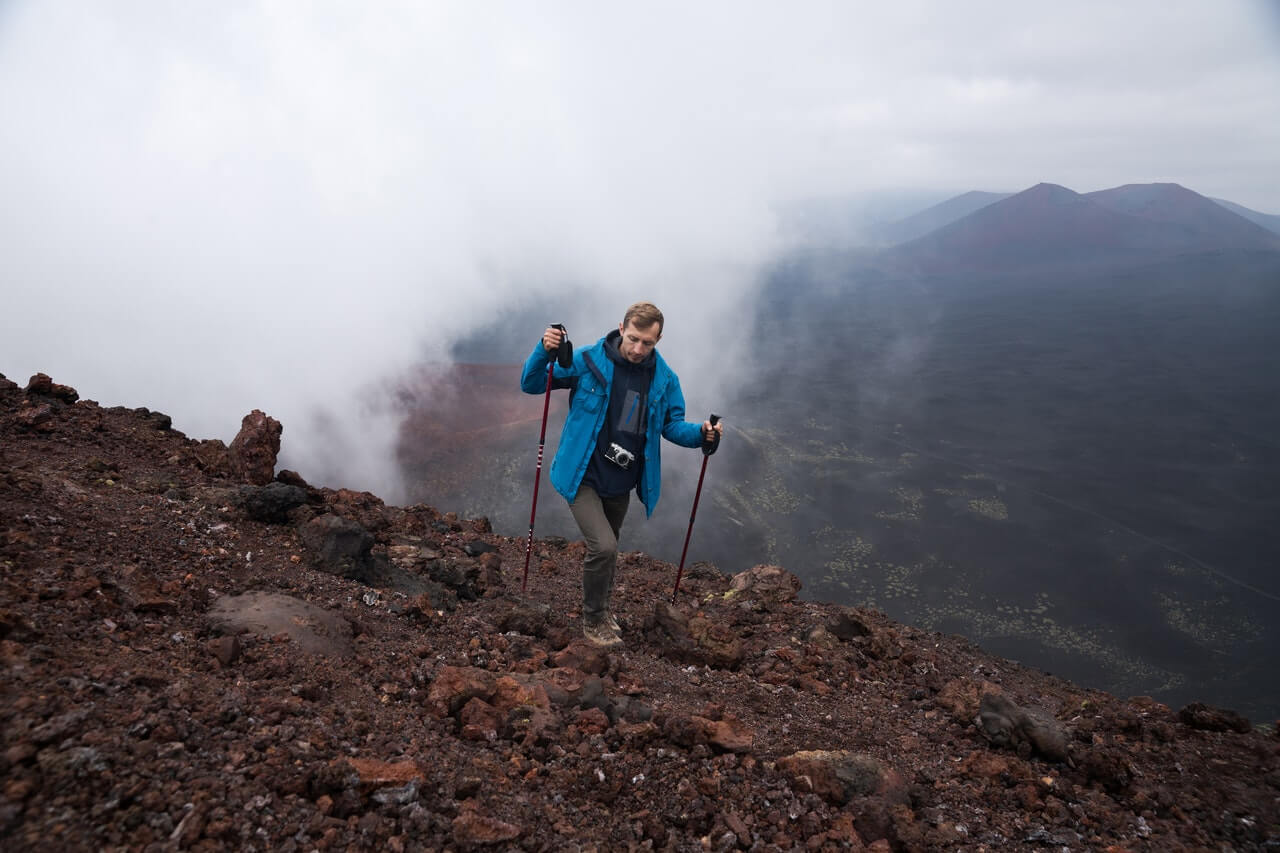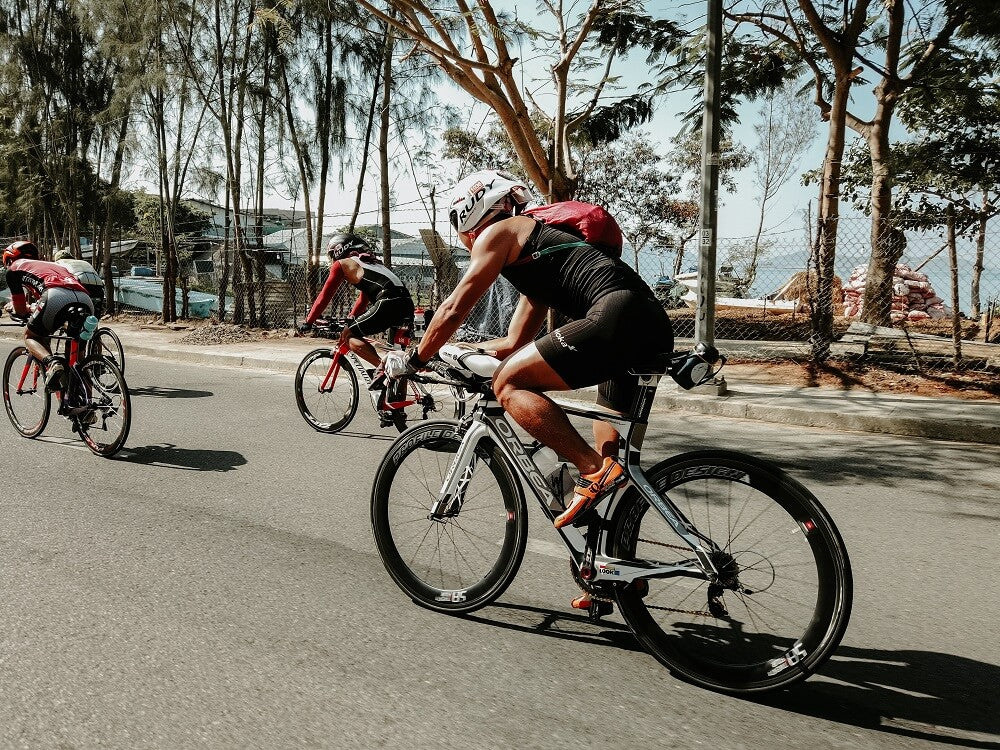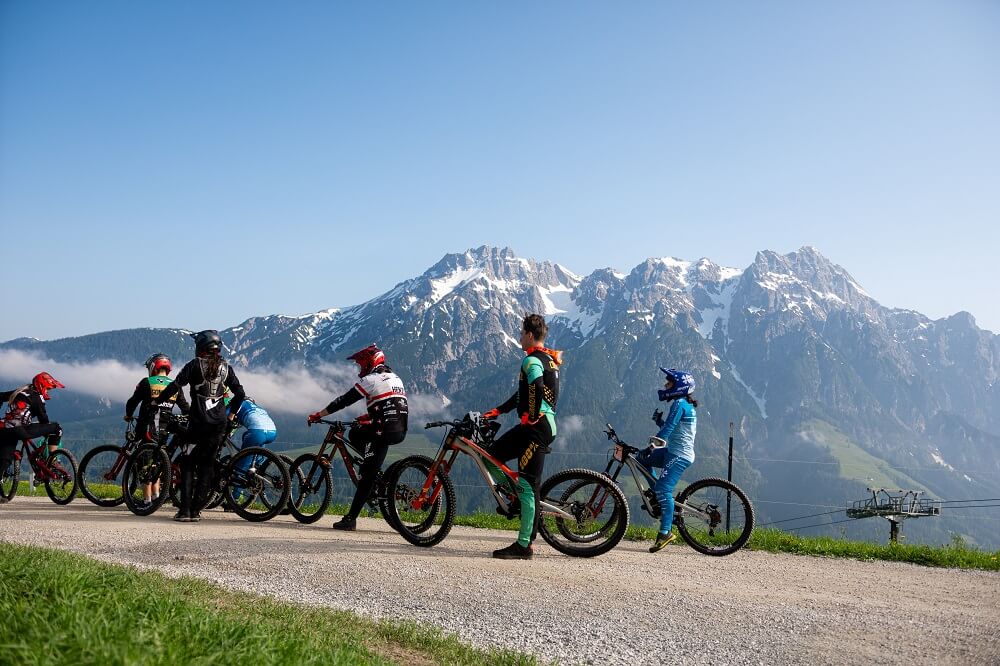Hiking skills, in a narrow sense, are understood as the physical skills used in the process of outdoor sports to skillfully mitigate the damage caused to one's body by the extreme outdoor environment. In a broader sense, it refers to a series of empirical knowledge derived from the knowledge and understanding of the destination route selection and the natural environment in the preparation and use of accompanying equipment.
Usually, we group it into the following 3 steps.
1. Selection of the route before the trekking trip
Choosing the right way to travel according to your experience and physical ability is the first step in choosing a route.
Be aware that traveling blindly without adequate knowledge of your physical condition and travel route can put you in an extremely dangerous situation.
For newcomers who are new to the sport of hiking (climbing), it is recommended that priority be given to formal outdoor clubs with professional qualifications.
2. Tips for the hiking process
(1) Do not blindly follow the hiking speed of others, and allocate your physical capacity according to your own physical condition.
Newcomers have a certain disadvantage in terms of line length and line difficulty, especially in medium- to high-intensity lines, where the first part of the physical exertion is too great and the second part of the physical decline is prone to sprains and falls.
(2) The rest time in the middle of the hike should not exceed 10 minutes.
It is important to control the rhythm of the hike, as a long break will gradually "cool down" the normally functioning "engine", and it will take longer to "warm up" to return to the previous state, which will make you feel more tired.
(3) Physical discomfort (heart rate increase breathing difficulties, etc.) should immediately stop to identify the cause. You can't ignore every signal your body gives you back, it could be a precursor to danger.
(4) If you need to go to the bathroom or need to leave the group for other reasons during the hike, be sure to say hello to the leader first. Otherwise, there is a high risk of getting lost.
(5) Keep a garbage bag handy, don't leave anything but footprints.

3. How to choose the equipment for outdoor hiking
Choosing a set of suitable outdoor equipment for yourself is beneficial to protect yourself from injuries during outdoor sports.
Hiking poles
Many newcomers mistakenly believe that hiking poles are standard for the elderly and weak chickens, but in fact there is a big misconception here. The trekking poles can greatly reduce the burden on the knees, about 30% of the bearing capacity of the two knees.
Hiking shoes
Everyone has the impression that hiking shoes are "silly, big, stupid and thick". What you may not know is that the specially designed upper can give your ankle an extra layer of strong "muscle", thus reducing the risk of breaking your foot. The thickened and thickened hard sole, in addition to wear-resistant, can hold on to the slippery road, and offset the uneven road surface to your injury, play a cushioning role.
Surfing clothes
Here the term "rash jacket" refers to the functional clothing with good waterproof and breathable. Because of the unpredictable nature of the outdoor environment, waterproof clothing is needed to cope with the extreme weather that may occur. Of course, breathability is also extremely important, the human body in the process of hiking sweat glands will secrete a lot of sweat, the evaporation of sweat need breathable clothing. If the clothes are not breathable sweat can not evaporate, the brain to make up for the feeling that the whole body is sweat.
Functional backpack
It is a functional backpack that can transfer the weight of the backpack from the shoulders to the hips, reaching a load of 15 pounds and a body feeling of only 10 pounds.


